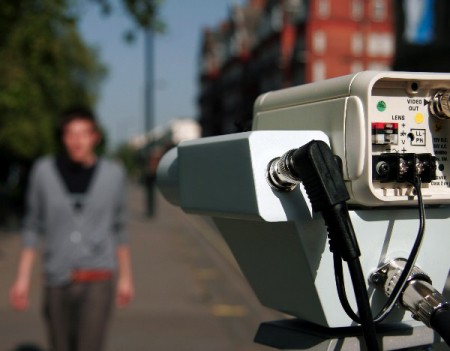
On a recent trip to New York City, [sherri] noticed the abundant “NYPD Security Camera” signage. She Ò on her little sousveillance tour and did some digging to learn more about the system. According to a recent NY Post article, the city intends to have 2,000 cameras installed by 2009. Each unit has at least two cameras, an onboard DVR, battery backup, a webserver, and wireless connection. The CrimeEye product line is manufactured by Total Recall—the people who brought you BABYWATCH. While the company site doesn’t list any specs, we found a price list that was provided to New York State. Each unit lists for $28-39K. They can have image sensors up to 2 megapixels, hold 30fps video for 5-15days, and transmit wirelessly on the 4.9GHz public safety band.
[sherri] wonders what systems are in place to guarantee the security of the camera network and to make sure the data is handled properly. We’ve seen bad implementations of cameras with webservers
in the past. She suggests a third-party system to verify security, operation, and storage. Right now there’s no reason the government won’t use footage for invasive data mining. As a publicly funded system monitoring public areas, we see no reason why the video streams from these devices shouldn’t be widely available.
[Thanks Tendency]












